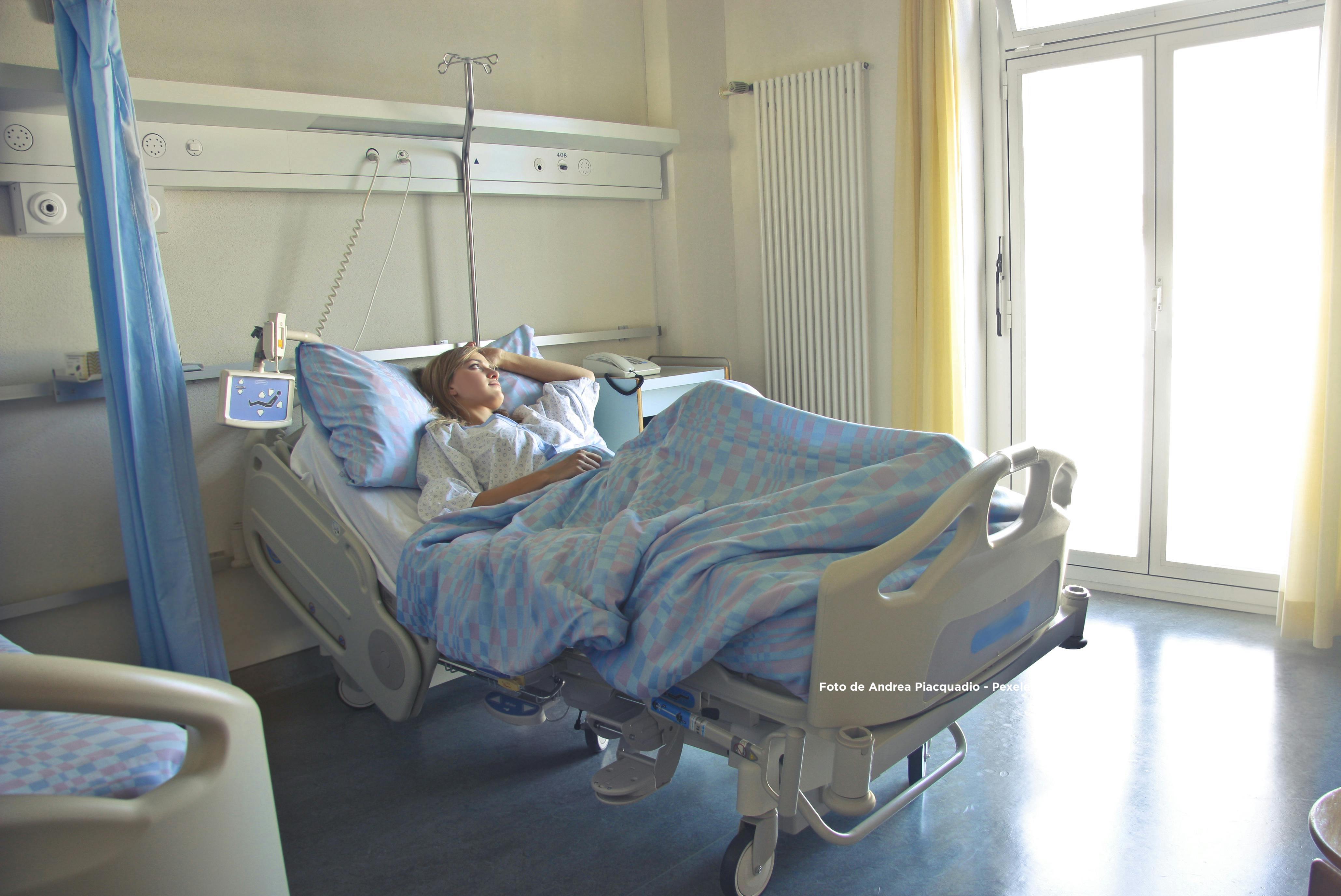Leptospirosis: predictors of poor outcomes in hospitalized patients, 25 years of experience
Abstract
IntroductionLeptospirosis is an emerging zoonotic disease that poses a public health problem. Renal failure, thrombocytopenia, and respiratory involvement have been described as predictors of mortality.
Objectives
To describe the clinical, radiological, and laboratory characteristics of hospitalized individuals with leptospirosis and evaluate predictors of poor clinical outcomes (PCO).
Materials and methods
A prospective cohort study was conducted including patients with leptospirosis admitted to a hospital in the city of Santa Fe between 1997 and 2022. PCO was defined as admission to the Intensive Care Unit (ICU), requirement for mechanical respiratory assistance (MRA), and/or death. The chi-square test, Student's t-test, or Mann-Whitney U test were used as appropriate. A binary logistic regression was performed with variables having p<0.05.
Results
101 patients were included, 87.1% (n=88) were males, with a median age of 29 (IQR 44-20) years. Fever was the most common symptom [83.2% (n=84)], followed by digestive involvement [62.4% (n=63)]. The most frequent laboratory abnormalities were elevated erythrocyte sedimentation rate [91.9% (n=79)] and leukocytosis [61% (n=61)]. PCO was observed in 25.7% (n=26) of patients, with 25.7% (n=26) admitted to the ICU, 13.9% (n=14) requiring MRA, and 5% (n=5) resulting in death. The presence of thrombocytopenia (OR=13.3, 95% CI 2-80), abnormalities in chest X-rays (OR=33.5, 95% CI 5-225), and absence of headache (OR=6.8, 95% CI 1-32) were predictors of PCO.
Conclusions
Consistent with the literature, pulmonary involvement and thrombocytopenia are independent risk factors for poor clinical outcomes. In our series, the presence of headache was a protective symptom.
Downloads
References
2. Platts-Mills JA, LaRochelle P, Campos K, Vinetz JM, Gotuzzo E, Ricaldi JN. Seroprevalencia de Leptospirosis en Puente Piedra, Lima en el año 2006. Rev Peru Med Exp Salud Publica. abril de 2011;28(2):273-6.
3. Reis RB, Ribeiro GS, Felzemburgh RDM, Santana FS, Mohr S, Melendez AXTO, et al. Impact of environment and social gradient on Leptospira infection in urban slums. PLoS Negl Trop Dis. 23 de abril de 2008;2(4):e228.
4. Levett PN. Leptospirosis. Clin Microbiol Rev. abril de 2001;14(2):296-326.
5. Estudio de casos clínicos e incidencia de leptospirosis humana en el estado de Yucatán, México durante el período 1998 a 2000 | A Vado-Solís | REVISTA BIOMÉDICA [Internet]. [citado 15 de julio de 2023]. Disponible en: https://www.revistabiomedica.mx/index.php/revbiomed/article/view/312
6. Hernández Cabezas M, García Franco V, Mauri Pérez JL. Leptospirosis en humanos en el municipio Playa La Habana 2000-2010. Rev Habanera Cienc Médicas. marzo de 2012;11(1):94-103.
7. Carrasco IRZ, Beatriz B, Ángel B, Williams M, Miguel D. Casos de leptospirosis posterior a la gran inundación en el Municipio de Centro, Estado de Tabasco, 2007. Enfermedades Infecc Microbiol. 2011;31(1):33-7.
8. Bello S, Rodríguez M, Paredes A, Mendivelso F, Walteros D, Rodríguez F, et al. Comportamiento de la vigilancia epidemiológica de la leptospirosis humana en Colombia, 2007-2011. Biomédica. septiembre de 2013;33:153-60.
9. Rodríguez-Vidigal FF, Vera-Tomé A, Nogales-Muñoz N, Muñoz-García-Borruel M, Muñoz-Sanz A. Leptospirosis in South-western Spain. Rev Clínica Esp Engl Ed. 1 de junio de 2014;214(5):247-52.
10. Cudós MC, Landolt N, Jacob P, Schmeling MF, Chiani Y, Brazza S, et al. Vigilancia intensificada de leptospirosis en Santa Fe y Entre Ríos (2012-2013). Rev Argent Salud Pública. 3 de marzo de 2014;5(18):24-30.
11. Vallejo GS, Marín JEG, Alvarez LQ, Cotrina MCC. Características clínicas y epidemiológicas de la leptospirosis en el departamento del Quindío, 2005-2006. Infectio [Internet]. 2008 [citado 15 de julio de 2023];12(2). Disponible en: http://revistainfectio.org/P_OJS/index.php/infectio/article/view/113
12. Pertuiset E, Fen Chong M, Duval G, Génin R. [Clinical aspects and prognostic factors of icterohemorrhagic leptospirosis in adults. Apropos of 249 cases in La Reunion]. Rev Med Interne. 1988;9(5):487-93.
13. Ragnaud JM, Morlat P, Buisson M, Longy-Boursier M, Monlun E, Wone C, et al. [Epidemiological, clinical, biological and developmental aspects of leptospirosis: apropos of 30 cases in Aquitaine]. Rev Med Interne. 1994;15(7):452-9.
14. Watt G, Padre LP, Tuazon ML, Calubaquib C, Santiago E, Ranoa CP, et al. Placebo-controlled trial of intravenous penicillin for severe and late leptospirosis. Lancet Lond Engl. 27 de febrero de 1988;1(8583):433-5.
15. McClain JB, Ballou WR, Harrison SM, Steinweg DL. Doxycycline therapy for leptospirosis. Ann Intern Med. mayo de 1984;100(5):696-8.
16. Brett-Major DM, Coldren R. Antibiotics for leptospirosis. Cochrane Database Syst Rev. 15 de febrero de 2012;(2):CD008264.
17. Dupont H, Dupont-Perdrizet D, Perie JL, Zehner-Hansen S, Jarrige B, Daijardin JB. Leptospirosis: Prognostic Factors Associated with Mortality. Clin Infect Dis. 1997;25(3):720-4.
18. Panaphut T, Domrongkitchaiporn S, Thinkamrop B. Prognostic factors of death in leptospirosis: a prospective cohort study in Khon Kaen, Thailand. Int J Infect Dis. 1 de marzo de 2002;6(1):52-9.
19. Mendivelso Duarte FO. Factores pronóstico de letalidad por leptospirosis humana severa en Colombia 2011-2013: estudio de base poblacional con datos de vigilancia en salud pública. 25 de mayo de 2016 [citado 15 de julio de 2023]; Disponible en: https://repositorio.unal.edu.co/handle/unal/56497
20. Human leptospirosis in Denmark 1970-1996: an epidemiological and clinical study - PubMed [Internet]. [citado 15 de julio de 2023]. Disponible en: https://pubmed.ncbi.nlm.nih.gov/11055660/
21. Contreras RG, Artuz MAM, Grau ÁM, Risco FD la V del, Espinosa AB, Clason ER, et al. Factores pronósticos en leptospirosis severa. necesidad de manejo en unidad de cuidados intensivos y mortalidad. Rev Cienc Bioméd. 2014;5(1):13-22.
22. Ko A. Urban epidemic of severe leptospirosis in Brazil. The Lancet. 2 de octubre de 1999;354:820-5.
23. Solbrig MV, Sher JH, Kula RW. Rhabdomyolysis in leptospirosis (Weil’s disease). J Infect Dis. octubre de 1987;156(4):692-3.
24. Dussarat GV, Cointet F, Capdevielle P, Le Bris H, Brethes B. [Cardiac manifestations in leptospirosis. Apropos of 15 cases observed in New Caledonia]. Ann Cardiol Angeiol (Paris). octubre de 1988;37(8):449-53.






